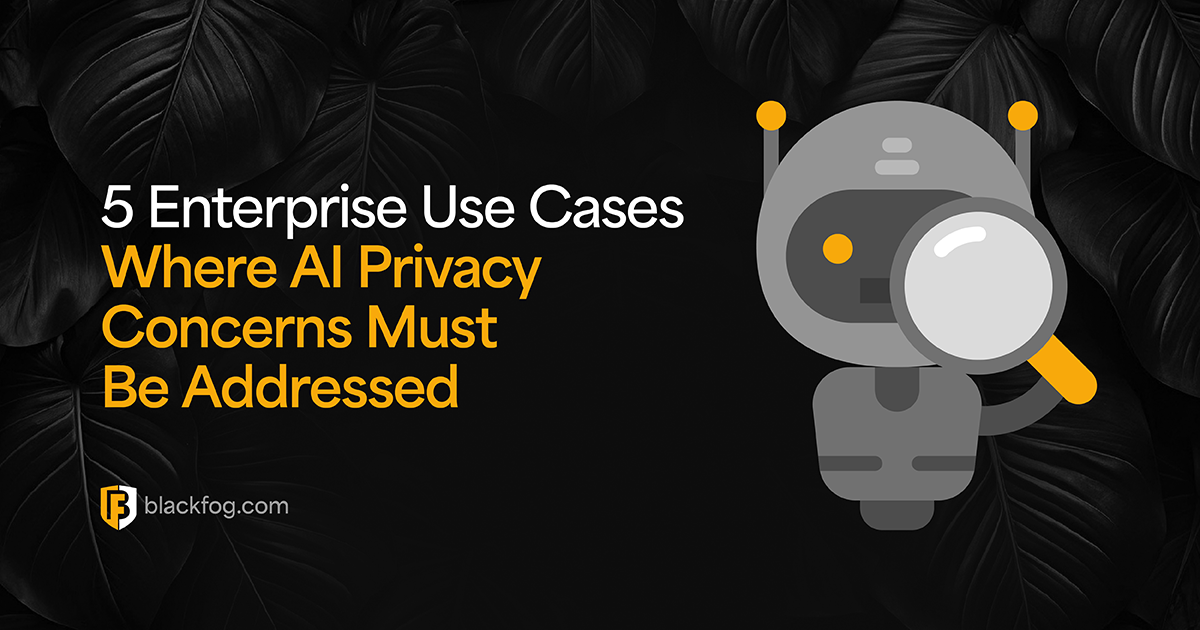
BlackFog collected threat statistics on a global basis for 2019. These statistics capture all data exfiltration from devices over a 12 month period for Windows, Mac, Android and iOS.
In 2019 we saw a total of 3.12% of all data exfiltrated through the Dark Web with a high of 6.11% in May. This consists of any connection trying to anonymize traffic using the Onion Router or other anonymization services. This is commonly used when exfiltrating data from user devices.
| Threat | Percentage |
|---|---|
| Dark Web | 3.12 |
| PowerShell | 6.23 |
| Spyware | 2.34 |
| Direct IP | 41.14 |
| Russia | 15.85 |
| China | 2.62 |
PowerShell attacks averaged 6.23% through the year with a high of 10.69% in October. We have seen this fluctuate throughout 2019 and this seems to correlate strongly with the rise in ransomware at various times of the year. It remains a common Fileless technique for obfuscating code and dropping malware onto devices.
Spyware represents any threat that monitors user activity, collects passwords through key loggers, camera activation or forensic analysis. Spyware remained consistent throughout the year with an average of 2.34% across all threat vectors.
Direct IP’s are still being used to conceal the destination of network connections. Even some legitimate services persist in hard coding IP’s directly into their products. This is most commonly used to try and evade DNS registration and the origin of servers. Malware and ransomware rely on this to make connections to pools of servers. It represented 41.14% of all threats detected by BlackFog in 2019.
Exfiltration based on geography saw 15.85% of all data being exfiltrated to Russia. This has been consistent throughout the year and reflects the sheer volume of attacks originating from this geographic region. China represented 2.62% of exfiltrated traffic over the same period. This peaked at 4.58% in Q1 but has otherwise remained stable throughout 2019. This correlates well with the number of espionage indictments by the US government.
Major Threat Vectors
Share This Story, Choose Your Platform!
Related Posts
AI Data Exfiltration: The Next Frontier Of Cybercrime
How are cybercriminals using AI data exfiltration to enhance their ransomware attacks and what must businesses do to counter these threats?
5 Enterprise Use Cases Where AI Privacy Concerns Must Be Addressed
AI privacy concerns are rising with AI adoption - five use cases highlight the key issues businesses must consider.
What AI Management Really Means For The Enterprise
Ongoing AI management is essential in maintaining compliance in a challenging environment. Here's what businesses need to consider.
AI Security Risks Every Business Must Know About
AI Security Risks are growing as AI embeds in business. What key threats must firms address to stay compliant with data regulations?
Who’s Really In Charge? Why AI Governance Is Now A Business Imperative
Find out why a strong AI governance program will be essential if enterprises are to make the best use of the highly in-demand technology.
AI Compliance: A Roadmap For Addressing Risk And Building Trust
AI compliance is set to be a major focus for businesses in the coming year. Here's what you need to know to make this as easy as possible.






